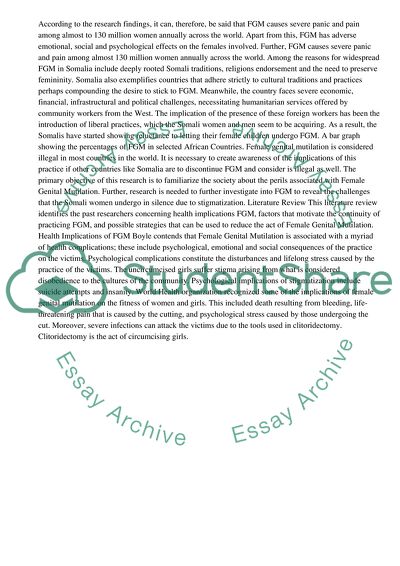Cite this document
(“The Health Implications of Female Genital Mutilation on the Somali Research Proposal”, n.d.)
Retrieved de https://studentshare.org/business/1489511-female-genital-mutilation
Retrieved de https://studentshare.org/business/1489511-female-genital-mutilation
(The Health Implications of Female Genital Mutilation on the Somali Research Proposal)
https://studentshare.org/business/1489511-female-genital-mutilation.
https://studentshare.org/business/1489511-female-genital-mutilation.
“The Health Implications of Female Genital Mutilation on the Somali Research Proposal”, n.d. https://studentshare.org/business/1489511-female-genital-mutilation.


